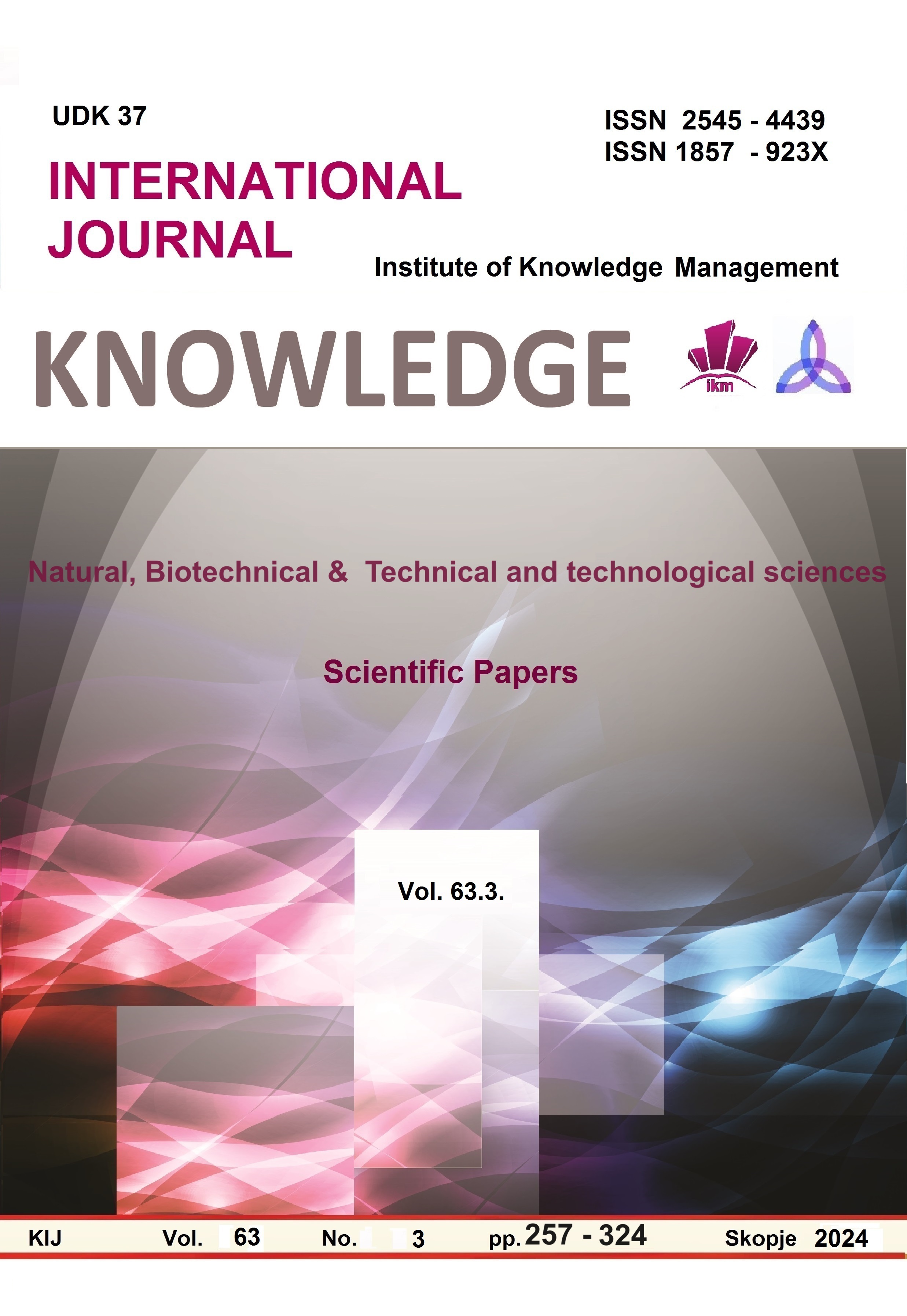ВЪЗМОЖНОСТИ ЗА ИЗПОЛЗВАНЕ НА АВТОВЛАКОВЕ ПО ПАНЕВРОПЕЙСКИТЕ ТРАНСПОРТНИ КОРИДОРИ
POSSIBILITIES FOR THE USE OF ROAD TRAINS ON PAN-EUROPEAN TRANSPORT CORRIDORS
Author(s): Tsvetoslav TsankovSubject(s): Transport / Logistics
Published by: Scientific Institute of Management and Knowledge
Keywords: Freight transport;long solo truck;road train
Summary/Abstract: Roads in Eastern Europe are extremely busy with transiting lorries with large trailers or tractors with semi-trailers. Four of the pan-European corridors pass through the Republic of Bulgaria, which has serious problems with the narrow roads of the Republic's road network. This transit traffic causes problems, especially due to the gradients and curves of the roadway, which do not allow trucks to maintain an economical mode of their engines. Reducing the adverse environmental impacts of freight transit requires easing traffic on the main roads that pass through the mountain ranges. In order to reduce heavy goods traffic, the use of the rail network for the transport of good vehicles should be encouraged. Unfortunately, however, this type of transport has not been able to establish itself massively in most countries, which makes it unsuitable for particularly long-distance transport. Examining the revenue and costs of a particular route and transportation options for a single vehicle helps determine the economic benefit for carriers. Although major infrastructure investments are planned, the results are unsatisfying. The problems for carriers and large companies which that use their own transport are well known. Kilometers-long queues of trucks waiting at the borders, in addition to the spoilage of goods and their untimely delivery to the recipient, are also a problem for the commitment of drivers, for whom this counts as a lost working day. In multiple calculations, targets are reached to increase the carrying capacity of the vehicle fleets or to reduce personnel. The latter is impossible because there are strict measures in place for driver breaks, which are imposed by the many incidents of driver fatigue. The use of road trains, such as those in Australia and the USA is impossible because they can run on roads with minimal bends and gradients, which are almost non-existent in Europe. The most common road freight transport is articulated vehicles of a tractor and a semi-trailer, for which a number of restrictions apply, according to the roads and the rest of the drivers. One of the biggest drawbacks of semi-trailer tractors is failure to comply with the usual turning radius and snow and ice driving bans for cars with trailers and semi-trailers. There have long been efforts to construct solo, articulated, or combination road vehicles to have great lengths, but again the same drawbacks have been encountered. In this report, a truck model that has an extra length is proposed. This truck could not have been realized without the capabilities of modern technology using logic in driving assistance, as well as new technologies to improve the control actions of the driver. The model is also suitable for expansion to a road train capable of crossing our roads, which will be the goal of future developments.
Journal: Knowledge - International Journal
- Issue Year: 63/2024
- Issue No: 3
- Page Range: 303-309
- Page Count: 7
- Language: Bulgarian

